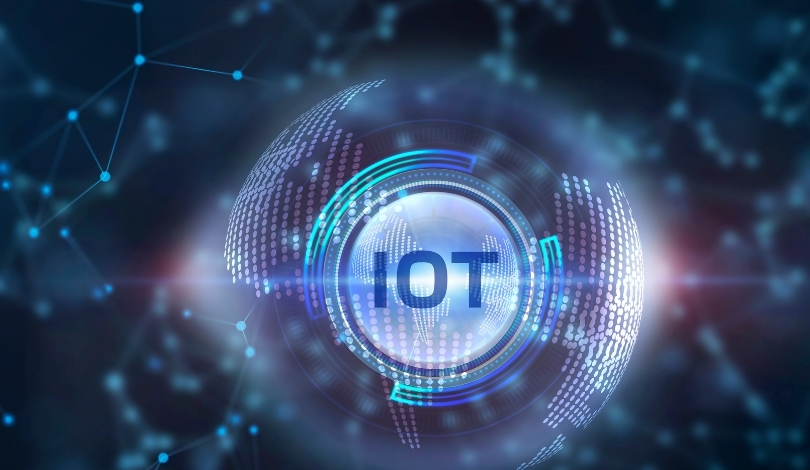The rapid advancement of 5G technology is reshaping the IoT landscape, with analysts predicting notable growth in specific segments. Recent forecasts highlight the increasing adoption of 5G RedCap, a streamlined version tailored for IoT devices, signaling its critical role in future connectivity solutions. As industries seek more efficient and cost-effective connectivity options, 5G RedCap emerges as a pivotal component in the evolving technological ecosystem.
Historical data indicated a slower adoption rate for 5G RedCap, primarily due to initial infrastructure challenges and market hesitancy. Contrary to earlier projections, current insights from Omdia demonstrate a more robust growth trajectory, reflecting enhanced industry confidence and accelerated deployment strategies that are driving the widespread integration of RedCap technologies.
Projected Surge in 5G RedCap Connections
Omdia’s recent analysis forecasts a 66% Compound Annual Growth Rate (CAGR) for 5G RedCap, anticipating connections to reach approximately 963.5 million by 2030. This substantial increase underscores the expanding role of RedCap in supporting diverse IoT applications, from smart cities to industrial automation, as demand for reliable and scalable connectivity solutions intensifies.
Transition from 4G Networks to RedCap Solutions
As 4G networks gradually phase out over the next decade, RedCap and its enhanced version, eRedCap, are set to replace existing LTE Cat-1 to Cat-4 devices. This transition is crucial for maintaining seamless IoT operations, as RedCap offers improved efficiency and lower power consumption, catering to the growing number of connected devices requiring stable and continuous connectivity.
Impact of 3GPP Release 18 on eRedCap Development
The introduction of eRedCap in the latest 3GPP Release 18 provides further reduction in capabilities and data rate requirements, making it an optimal choice for cost-sensitive IoT applications. According to Alexander Thompson, Senior Analyst at IoT,
“5G RedCap was specifically designed for IoT applications, and in just a year since the first module launches, we’ve already seen small-scale deployments and trials begin to take shape. We expect 5G eRedCap to follow a similar path addressing use cases that demand reduced complexity and lower performance thresholds.”
This development is expected to bridge the gap as industries transition from 4G to more advanced 5G technologies.
The evolving landscape of 5G RedCap connections not only highlights technological advancements but also emphasizes the strategic shifts within the industry towards more sustainable and scalable IoT solutions. As companies across various sectors increasingly deploy RedCap technologies, the groundwork is being laid for a more interconnected and efficient future. The enhanced capabilities introduced in recent 3GPP releases ensure that RedCap remains adaptable to emerging use cases, fostering innovation and expanding the potential of IoT applications globally.
With the projected growth and ongoing technological enhancements, stakeholders in the IoT and telecommunications sectors are positioned to benefit from the widespread adoption of 5G RedCap. The continuous improvement in network capabilities and the strategic phasing out of older technologies will likely drive further integration and utilization of RedCap, solidifying its role as a cornerstone in the next generation of connected devices. For businesses and developers, understanding and leveraging these advancements will be crucial in capitalizing on the opportunities presented by the expanding 5G RedCap ecosystem.
The expansion of 5G RedCap connections signifies a significant milestone in the evolution of IoT connectivity. As industries transition from legacy networks to more advanced 5G solutions, the enhanced capabilities and cost efficiencies offered by RedCap and eRedCap will play a vital role in supporting the growing demands of connected devices. This shift not only facilitates more reliable and scalable IoT deployments but also paves the way for innovative applications that can drive economic and technological progress.










